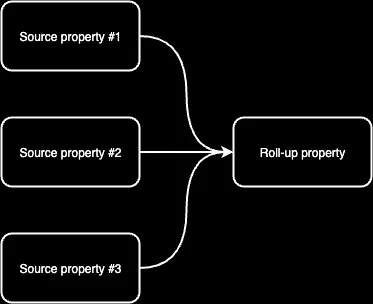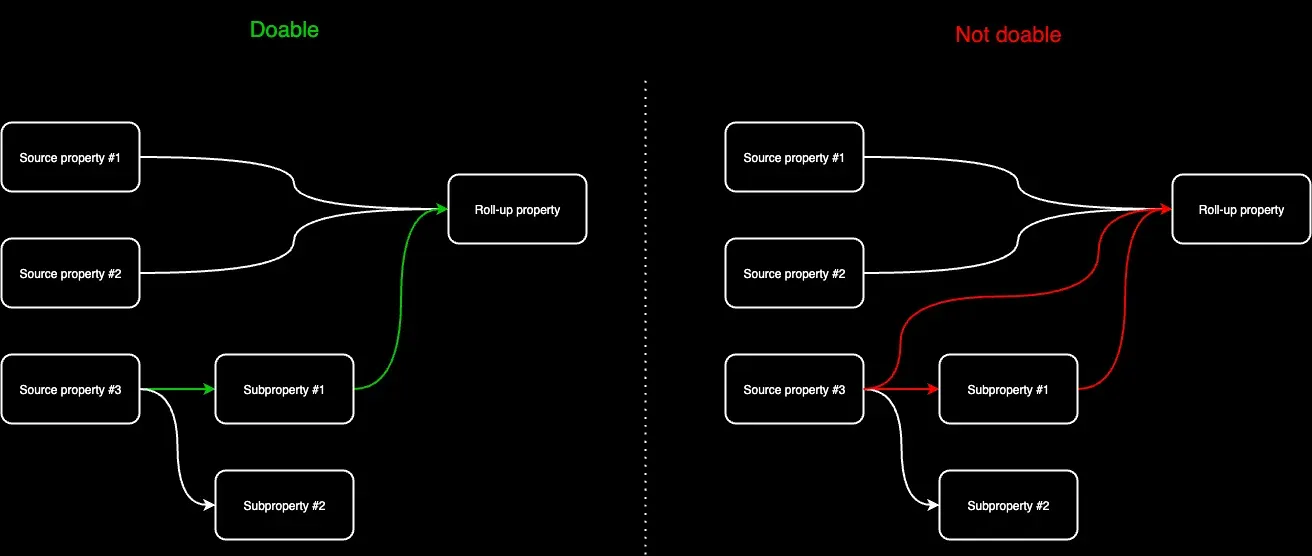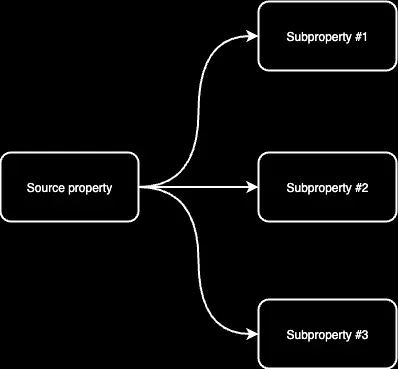GA4 Roll-up Properties and Subproperties: What to Know
The right Google Analytics setup isn’t about size—it’s about knowing what your team needs, and building for it from day one.
Google Analytics 360, the paid version of Google Analytics 4 for big companies, gives you extra ways to organize your data.
While GA4 only lets you create one type of properties, GA360 adds two new property types: roll-up properties and subproperties. These special property types enable fast-growing startups and Fortune 500s to structure their Google Analytics 4 accounts in ways that address their data governance needs.
We work a lot with roll-up properties and subproperties for our clients, and we've architected and set up several custom account structures from the ground up. From experience, I can say that choosing between these property types isn’t always straightforward or simple.
So if you’re unsure whether to use roll-up properties or subproperties in your Google Analytics account, I've written this guide to help you decide.
Before we continue
Roll-up properties and subproperties are special types of GA4 properties that can't collect data on their own since that's not what they're supposed to do.
Instead, they aggregate (roll-up properties) or separate (subproperties) data from regular properties, which Google calls "source properties" in this context, so that it's easier to report on and use.
Not every organization that uses Google Analytics 360 needs roll-up properties and subproperties in its Google Analytics accounts. However, those that do need them can benefit greatly from the data management capabilities that these special types of properties provide.
Of course, this convenience comes at an extra cost. The cost of processing events in both roll-up and subproperties is 50% of the cost of events in the source properties. Design your setup wisely to avoid unexpectedly high usage bills.
With that out of the way, let’s look at each property type to see what they do and when exactly you might need them.
Roll-up properties in GA4
A roll-up property is a property that aggregates data from other properties, called "source properties," in your Google Analytics account.
It's useful if you have a Google Analytics account with many properties for your brands, geographies, or business units, and you need to give your teams centralized access to the data from these properties in a single place (so that they don't have to use one property at a time).
Here's what an example source property setup looks like:

This is a classic need at large organizations, where regional or central teams need to report on and use data collected by local teams.
The key constraints to know when it comes to GA4 roll-up properties are:
A roll-up property can aggregate data from up to 200 source properties. In the rare case that you have more than a couple of hundred properties in an account, you'll need to create multiple roll-up properties.
Roll-up properties can aggregate data from both source properties and subproperties. However, you can't have both a source property and a subproperty with the same data as a roll-up property's sources, as it would cause duplication. The source data has to be different.
Here's an illustration of this constraint to help you understand why it exists:

Roll-up properties can't aggregate data from other roll-up properties. They can only aggregate data from source properties and/or subproperties.
You can't create subproperties from a roll-up properties. You'd have to create those subproperties from the source properties that feed the roll-up property with data themselves.
A roll-up property can have up to 400 unique product links to other Google products (such as Google Ads). It's important to note that this includes the existing links within the source property as well as the new links created within the roll-up property.
Since roll-up properties don't automatically inherit the custom dimensions of their source properties, any custom dimensions you need to see and use in the GA4 UI must be recreated manually or via the GA Admin API.
Roll-up properties can export data to other products (for example, audiences to Google Ads or raw data to Google BigQuery). However, for that to happen, you need to create unique links within the roll-up properties themselves.
Although there are exceptions, source properties and their roll-up property can generally have independent links to the same Google products.
Subproperties in GA4
Subproperties filter data from a source property so that you can provide users with separate access to a limited subset of that source property's data to report on and use independently.
In a way, subproperties are the mirror opposite of roll-up properties:

Subproperties are useful when you're collecting data for many brands, geographies, or business units in one property, and either need to organize that data into separate buckets or control user access so that not all users can view the entire dataset.
The use case for subproperties is quite common in large organizations.
For example, if you're collecting data from a multinational mobile app in one GA4 property and you need to give your French agency access to their GA4 data, you probably wouldn't want them to be able to access the data of all other countries, so you would set them up with a France data-only subproperty.
Constraints to know about when it comes to GA4 subproperties:
You can create up to 400 subproperties from a single source property. (A single Google Analytics account can have at most 2,000 properties.)
Your GA4 subproperty can have up to 400 unique product links, including to Google Ads, BigQuery, Campaign Manager 360, Display & Video 360, and Search Ads 360; the same as roll-up properties.
Note that you can't import offline events into a GA4 subproperty. You'd have to import the events into the source property and make sure the filters are set up in a way that allow it to trickle down to the subproperty.
As for custom dimensions, you have two options. You can opt in to sync your subproperties' custom dimensions with those that are already in the source property. This is a great option if your data is taxonomized well. If you don't opt in to this, you'll have to recreate any custom dimensions that need to be in the subproperties manually or via Google Analytics's Admin API.
How to choose
Consider your starting point.
Are you starting from scratch and designing a new Google Analytics 4 setup from the ground up, or are you working with an existing one that's been there for some time?
The difference between these two can be like night and day.
If you’re working with an existing setup, your current structure—and any known issues with it—will determine what you need to do. For example, many organizations start with one GA4 property, but as they grow, they find that they need subproperties.
Or perhaps you're faced with multiple separate properties whose data needs to be consolidated in a single place. Here, the solution is to design a roll-up property (or multiple roll-ups, depending on the organization's and users' needs) and move the existing properties into the same account.
When starting fresh, think about what your organization and users will need in advance. Will you collect data in one property or in several? Will anyone need aggregated or segregated access to the data? And do you need to connect and share data with other Google products?
As always, if you need help, get in touch.
